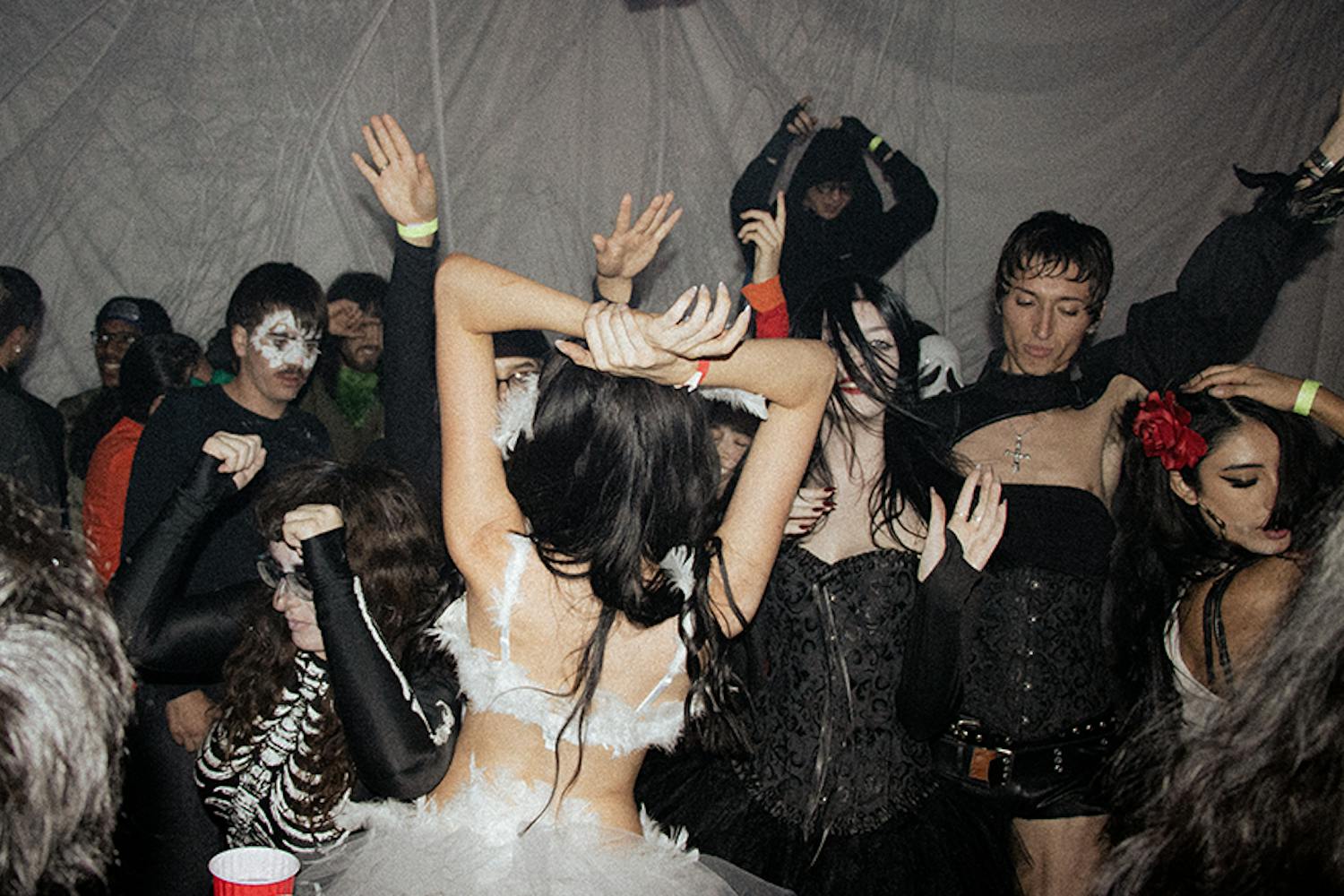There has been a lot of controversy about all of the new buildings on campus. They're costing too much money, devouring too many parking spaces, they don't fit in with the feel of the campus and some, like the Lattie F. Coor Hall, are just plain out of place.
I, too, have been among the critics of the new buildings (especially of Coor's lack of aesthetic appeal) but I have to admit that I now realize that ugly is only skin deep. There are some truly beautiful things going on inside Coor, and one only needs to "explore" the second floor to know what I am talking about. The second floor of the wannabe skyscraper/glass box is home to the American Sign Language program.
The ASL program at ASU is one of the largest in the country, according to program director Paul Quinn. Despite this fact, Quinn said, "I really don't think the bulk of the University knows we exist."
Many students do not realize they can satisfy their foreign language requirement by taking ASL. The classes were adapted in 1992 to meet the four-semester foreign language requirement some students have.
Unlike instruction in other languages, Quinn and his faculty of four deaf and two hearing instructors work to create much of the course curriculum. "We have the minds and resources to create fantastic teaching materials. More than half of what students see in our classrooms is original material developed by our own faculty ... It's current and customized," Quinn said.
The move to Coor has only benefited the program. The program's former home in the Language and Literature Building gave them few options in the technology department -- if you can even consider chalkboards and overhead projectors technology. Sign language is a visual language and therefore greatly benefits from the improvements in visual technologies provided at the new Coor building.
Overhead "doc cams," white boards, VCRs, DVDs, computer systems and dual screen projectors are helping students and teachers alike grasp the language in a way not possible on a blackboard.
The future is bright for the ASL program. Despite enrolling approximately 1,000 students annually, it was forced to turn away almost 50 percent of its spring 2005 pre-registration requests due to its overwhelming popularity.
Quinn said it might be possible to add a seventh faculty member in order to fulfill the spring demand. Other expansions are also in the planning stages. There is talk of providing a one-credit conversational sign class for students who have completed 202 but wish to continue using what they have learned.
The program is also expanding its curriculum to appeal to non-signing students by adding a deaf culture and history class. The class will be taught in ASL but interpreters will be provided so students can take the class and learn about a culture different from their own.
The Coor building is also the home of what (in the next few years) might become the largest and most advanced ASL lab in the state, containing even more technologies than the existing classrooms -- including a student accessible video library.
Most important, the ASL program is hoping to implement an interpreter-training course and an ASL teacher-training course. This will not only give students interested in continuing with their ASL studies an opportunity to take their skills to the job market, but will put ASU on the forefront of ASL development.
We all know that biotechnology brings in the big bucks to President Michael Crow's coffers, but it is nice to see people working hard to improve our school in other areas as well.
Adam Wright is a journalism senior. Offer him some sign language at adam.wright@asu.edu.



